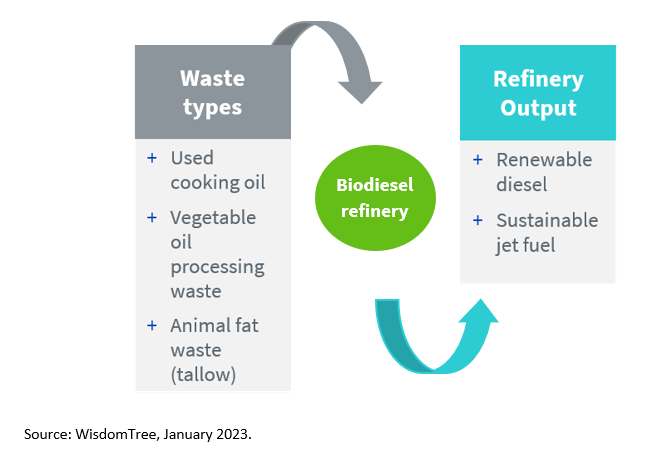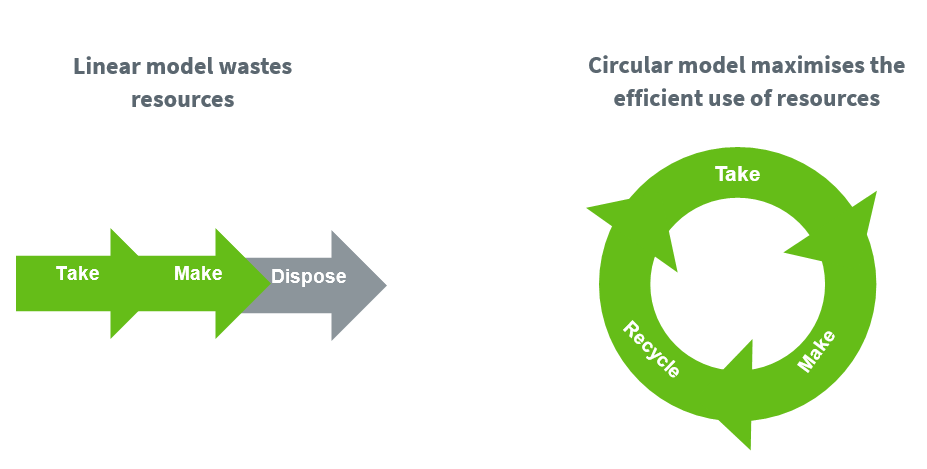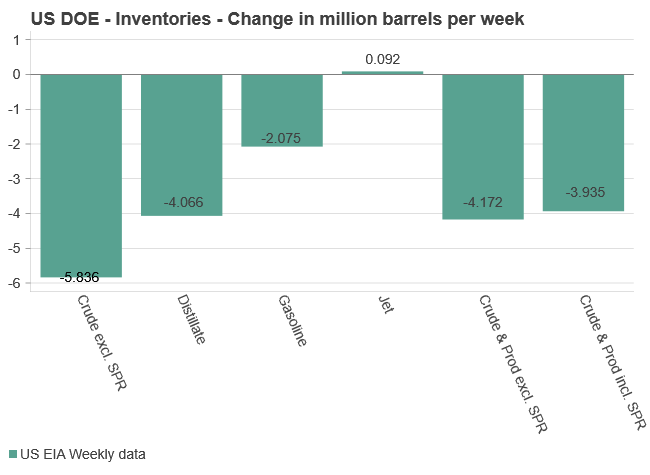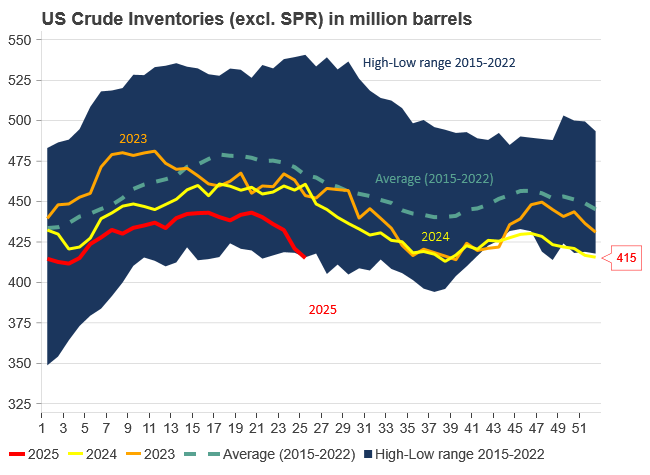Analys
How renewable fuels are accelerating the decarbonisation of transport

On 16 November 2022, UK’s Royal Air Force (RAF) Voyager aircraft, the military variant of the Airbus A330, took to the skies for 90 minutes over Oxfordshire. What looked like a routine test flight in its outward appearance was ultimately deemed ground-breaking. Why? It was a world-first military transporter aircraft flight, and the first of any aircraft type in the UK to be completed using 100% sustainable jet fuel.

What are renewable fuels?
Renewable hydrocarbon biofuels (also called green or drop-in biofuels) are fuels produced from biomass sources through a variety of biological, thermal, and chemical processes. These products are chemically identical to petroleum gasoline, diesel, or jet fuel.
In other words, renewable fuels are sources of energy chemically identical to fossil fuels but produced from domestic, commercial, or agricultural waste (see Figure 1 below).
Figure 1: Converting waste into energy

Why the excitement?
Renewable fuels, like renewable diesel and sustainable jet fuel, can reduce greenhouse gas emissions by around 80-90% compared to fossil fuels. And because they burn much cleaner, engine filters remain cleaner for longer reducing the need for maintenance. Furthermore, given used cooking oil, vegetable oil, processing waste, and animal fat waste are used as inputs, the production of these fuels reduces biowaste, thereby cutting emissions from landfills.
This makes renewable fuels a key component of the circular economy. Humans have largely operated on the linear model historically when it comes to utilising natural resources. The circular model, in contrast, is much less wasteful and seeks to recycle as much as possible (see Figure 2 below).
Figure 2: The Circular Economy

The most exciting thing about renewable fuels is the immediacy with which they can make an impact. The reason why they are referred to as drop-in fuels is that they can replace fossil fuels in internal combustion engines with little or no modification required. So, if supply was abundant enough, forms of transport which cannot be electrified easily like heavy duty trucks, ships, and aeroplanes can be switched across to renewable fuels making a significant improvement to the environmental footprint. According to BP, “A return flight between London and San Francisco has a carbon footprint per economy ticket of nearly 1 tonne of CO2 equivalent. With the aviation industry expected to double to over 8 billion passengers by 2050, it is essential that we act to reduce aviation’s carbon emissions.”
The challenge
Renewable fuels or biofuels are still in their infancy. This means the obvious hurdle to overcome is cost competitiveness with fossil fuels. Cost estimates vary, but figures from the International Air Transport Association (IATA) provide a useful sense for the ballpark. In May 2022, IATA stated that the average worldwide price of jet fuel is about $4.15 per gallon compared to the US average price of a gallon of sustainable aviation fuel, which is about $8.67.
So, roughly double the price of the incumbent polluting technology. This is not a bad starting point at all. Considering how rapidly the cost of energy storage in batteries has fallen in the last decade, renewable fuels could become competitive quite soon if sufficient investment is made and economies of scale are achieved. IATA also predicts that renewable fuels could make up 2% of all aviation fuels by 2025, which could become a tipping point in their competitiveness.
Businesses are acting
Businesses pursuing their own net zero targets have already started exploring renewable fuels to minimise their waste. Darling Ingredients Inc, which produces its trademark Diamond Green Diesel from recycled animal fats, inedible corn oil, and used cooking oil, was chosen by fast food chain Chick-fil-A in March 2022 to turn its used cooking oil into clean transportation fuel.
Similarly, McDonald’s entered into a partnership with Neste Corporation in 2020 to convert its used vegetable oil into renewable diesel and fuel the trucks that make deliveries to its restaurants. According to TortoiseEcofin, both Darling Ingredients and Neste have a net negative carbon footprint given emissions produced by these businesses are lower that the emissions avoided because of their renewable fuels.
A final word
Renewable fuels alone will not tackle climate change. No single solution can. But they can help us make meaningful progress. The Intergovernmental Panel on Climate Change (IPCC) emphasises how crucial it is for the world to halve its greenhouse gas emissions this decade to at least have a chance of limiting global warming to 1.5oC. This means that solutions with an immediate effect have an important role to play. Biofuels can cut emissions from waste in landfills and provide much cleaner alternatives to fossil fuels to help accelerate the world’s decarbonisation efforts. They don’t require different engines to be of use. They just need funding to reach scale.
Mobeen Tahir, Director, Macroeconomic Research & Tactical Solutions, WisdomTree
Analys
Tightening fundamentals – bullish inventories from DOE

The latest weekly report from the US DOE showed a substantial drawdown across key petroleum categories, adding more upside potential to the fundamental picture.

Commercial crude inventories (excl. SPR) fell by 5.8 million barrels, bringing total inventories down to 415.1 million barrels. Now sitting 11% below the five-year seasonal norm and placed in the lowest 2015-2022 range (see picture below).
Product inventories also tightened further last week. Gasoline inventories declined by 2.1 million barrels, with reductions seen in both finished gasoline and blending components. Current gasoline levels are about 3% below the five-year average for this time of year.
Among products, the most notable move came in diesel, where inventories dropped by almost 4.1 million barrels, deepening the deficit to around 20% below seasonal norms – continuing to underscore the persistent supply tightness in diesel markets.
The only area of inventory growth was in propane/propylene, which posted a significant 5.1-million-barrel build and now stands 9% above the five-year average.
Total commercial petroleum inventories (crude plus refined products) declined by 4.2 million barrels on the week, reinforcing the overall tightening of US crude and products.


Analys
Bombs to ”ceasefire” in hours – Brent below $70

A classic case of “buy the rumor, sell the news” played out in oil markets, as Brent crude has dropped sharply – down nearly USD 10 per barrel since yesterday evening – following Iran’s retaliatory strike on a U.S. air base in Qatar. The immediate reaction was: “That was it?” The strike followed a carefully calibrated, non-escalatory playbook, avoiding direct threats to energy infrastructure or disruption of shipping through the Strait of Hormuz – thus calming worst-case fears.

After Monday morning’s sharp spike to USD 81.4 per barrel, triggered by the U.S. bombing of Iranian nuclear facilities, oil prices drifted sideways in anticipation of a potential Iranian response. That response came with advance warning and caused limited physical damage. Early this morning, both the U.S. President and Iranian state media announced a ceasefire, effectively placing a lid on the immediate conflict risk – at least for now.
As a result, Brent crude has now fallen by a total of USD 12 from Monday’s peak, currently trading around USD 69 per barrel.
Looking beyond geopolitics, the market will now shift its focus to the upcoming OPEC+ meeting in early July. Saudi Arabia’s decision to increase output earlier this year – despite falling prices – has drawn renewed attention considering recent developments. Some suggest this was a response to U.S. pressure to offset potential Iranian supply losses.
However, consensus is that the move was driven more by internal OPEC+ dynamics. After years of curbing production to support prices, Riyadh had grown frustrated with quota-busting by several members (notably Kazakhstan). With Saudi Arabia cutting up to 2 million barrels per day – roughly 2% of global supply – returns were diminishing, and the risk of losing market share was rising. The production increase is widely seen as an effort to reassert leadership and restore discipline within the group.
That said, the FT recently stated that, the Saudis remain wary of past missteps. In 2018, Riyadh ramped up output at Trump’s request ahead of Iran sanctions, only to see prices collapse when the U.S. granted broad waivers – triggering oversupply. Officials have reportedly made it clear they don’t intend to repeat that mistake.
The recent visit by President Trump to Saudi Arabia, which included agreements on AI, defense, and nuclear cooperation, suggests a broader strategic alignment. This has fueled speculation about a quiet “pump-for-politics” deal behind recent production moves.
Looking ahead, oil prices have now retraced the entire rally sparked by the June 13 Israel–Iran escalation. This retreat provides more political and policy space for both the U.S. and Saudi Arabia. Specifically, it makes it easier for Riyadh to scale back its three recent production hikes of 411,000 barrels each, potentially returning to more moderate increases of 137,000 barrels for August and September.
In short: with no major loss of Iranian supply to the market, OPEC+ – led by Saudi Arabia – no longer needs to compensate for a disruption that hasn’t materialized, especially not to please the U.S. at the cost of its own market strategy. As the Saudis themselves have signaled, they are unlikely to repeat previous mistakes.
Conclusion: With Brent now in the high USD 60s, buying oil looks fundamentally justified. The geopolitical premium has deflated, but tensions between Israel and Iran remain unresolved – and the risk of missteps and renewed escalation still lingers. In fact, even this morning, reports have emerged of renewed missile fire despite the declared “truce.” The path forward may be calmer – but it is far from stable.
Analys
A muted price reaction. Market looks relaxed, but it is still on edge waiting for what Iran will do

Brent crossed the 80-line this morning but quickly fell back assigning limited probability for Iran choosing to close the Strait of Hormuz. Brent traded in a range of USD 70.56 – 79.04/b last week as the market fluctuated between ”Iran wants a deal” and ”US is about to attack Iran”. At the end of the week though, Donald Trump managed to convince markets (and probably also Iran) that he would make a decision within two weeks. I.e. no imminent attack. Previously when when he has talked about ”making a decision within two weeks” he has often ended up doing nothing in the end. The oil market relaxed as a result and the week ended at USD 77.01/b which is just USD 6/b above the year to date average of USD 71/b.

Brent jumped to USD 81.4/b this morning, the highest since mid-January, but then quickly fell back to a current price of USD 78.2/b which is only up 1.5% versus the close on Friday. As such the market is pricing a fairly low probability that Iran will actually close the Strait of Hormuz. Probably because it will hurt Iranian oil exports as well as the global oil market.
It was however all smoke and mirrors. Deception. The US attacked Iran on Saturday. The attack involved 125 warplanes, submarines and surface warships and 14 bunker buster bombs were dropped on Iranian nuclear sites including Fordow, Natanz and Isfahan. In response the Iranian Parliament voted in support of closing the Strait of Hormuz where some 17 mb of crude and products is transported to the global market every day plus significant volumes of LNG. This is however merely an advise to the Supreme leader Ayatollah Ali Khamenei and the Supreme National Security Council which sits with the final and actual decision.
No supply of oil is lost yet. It is about the risk of Iran closing the Strait of Hormuz or not. So far not a single drop of oil supply has been lost to the global market. The price at the moment is all about the assessed risk of loss of supply. Will Iran choose to choke of the Strait of Hormuz or not? That is the big question. It would be painful for US consumers, for Donald Trump’s voter base, for the global economy but also for Iran and its population which relies on oil exports and income from selling oil out of that Strait as well. As such it is not a no-brainer choice for Iran to close the Strait for oil exports. And looking at the il price this morning it is clear that the oil market doesn’t assign a very high probability of it happening. It is however probably well within the capability of Iran to close the Strait off with rockets, mines, air-drones and possibly sea-drones. Just look at how Ukraine has been able to control and damage the Russian Black Sea fleet.
What to do about the highly enriched uranium which has gone missing? While the US and Israel can celebrate their destruction of Iranian nuclear facilities they are also scratching their heads over what to do with the lost Iranian nuclear material. Iran had 408 kg of highly enriched uranium (IAEA). Almost weapons grade. Enough for some 10 nuclear warheads. It seems to have been transported out of Fordow before the attack this weekend.
The market is still on edge. USD 80-something/b seems sensible while we wait. The oil market reaction to this weekend’s events is very muted so far. The market is still on edge awaiting what Iran will do. Because Iran will do something. But what and when? An oil price of 80-something seems like a sensible level until something do happen.
-

 Nyheter3 veckor sedan
Nyheter3 veckor sedanStor uppsida i Lappland Guldprospekterings aktie enligt analys
-

 Nyheter4 veckor sedan
Nyheter4 veckor sedanBrookfield ska bygga ett AI-datacenter på hela 750 MW i Strängnäs
-

 Nyheter3 veckor sedan
Nyheter3 veckor sedanSilverpriset släpar efter guldets utveckling, har mer uppsida
-

 Nyheter3 veckor sedan
Nyheter3 veckor sedanUppgången i oljepriset planade ut under helgen
-

 Nyheter3 veckor sedan
Nyheter3 veckor sedanLåga elpriser i sommar – men mellersta Sverige får en ökning
-

 Analys3 veckor sedan
Analys3 veckor sedanVery relaxed at USD 75/b. Risk barometer will likely fluctuate to higher levels with Brent into the 80ies or higher coming 2-3 weeks
-

 Nyheter2 veckor sedan
Nyheter2 veckor sedanMahvie Minerals växlar spår – satsar fullt ut på guld
-

 Nyheter1 vecka sedan
Nyheter1 vecka sedanOljan, guldet och marknadens oroande tystnad







